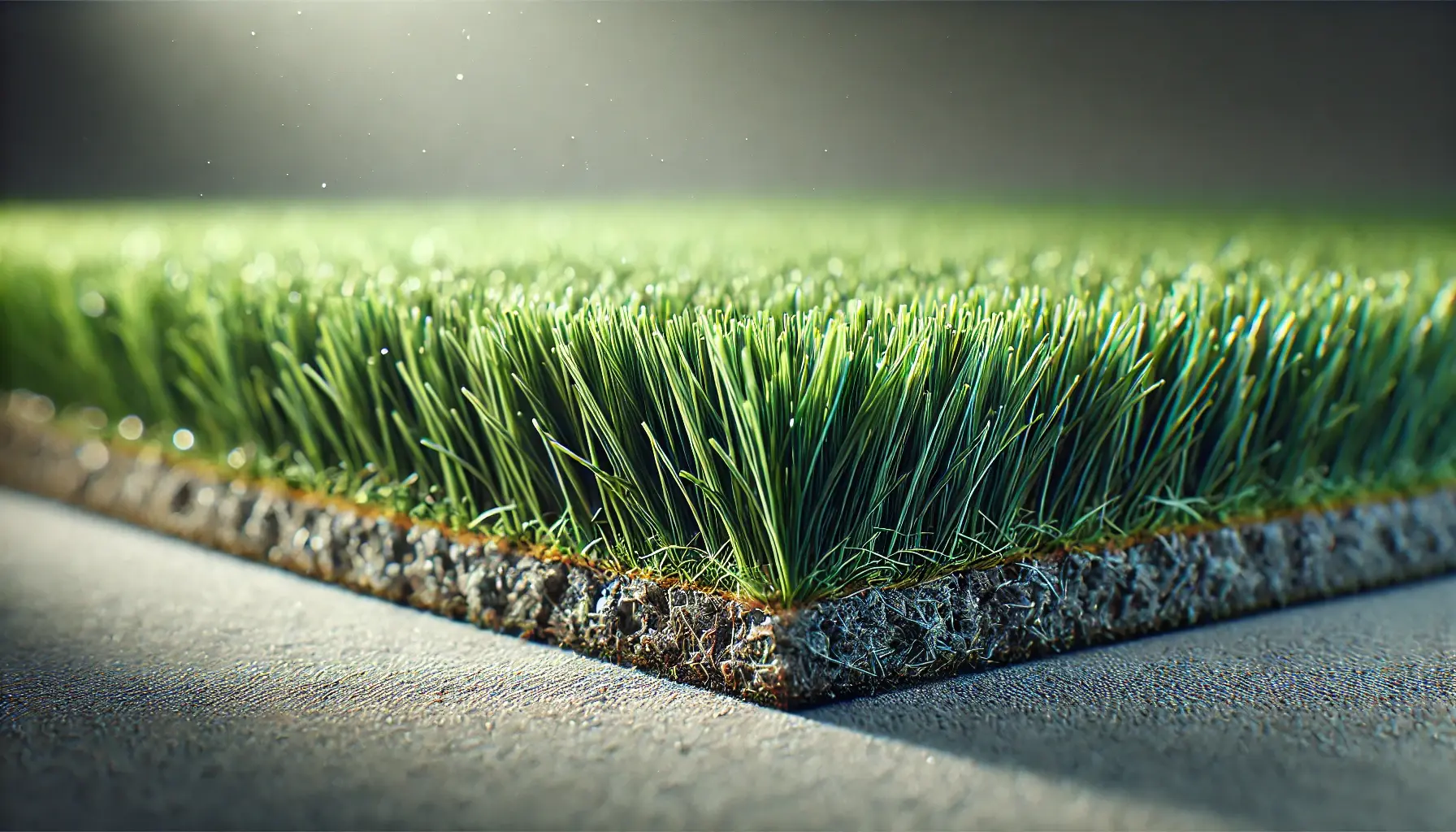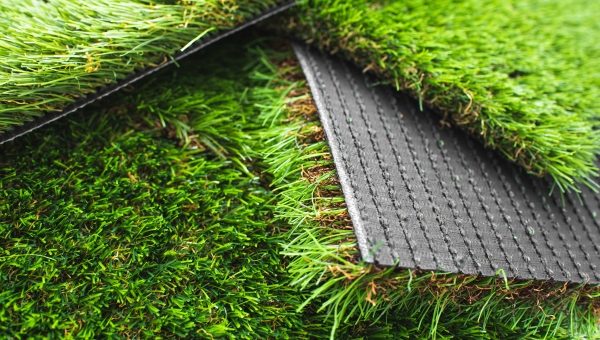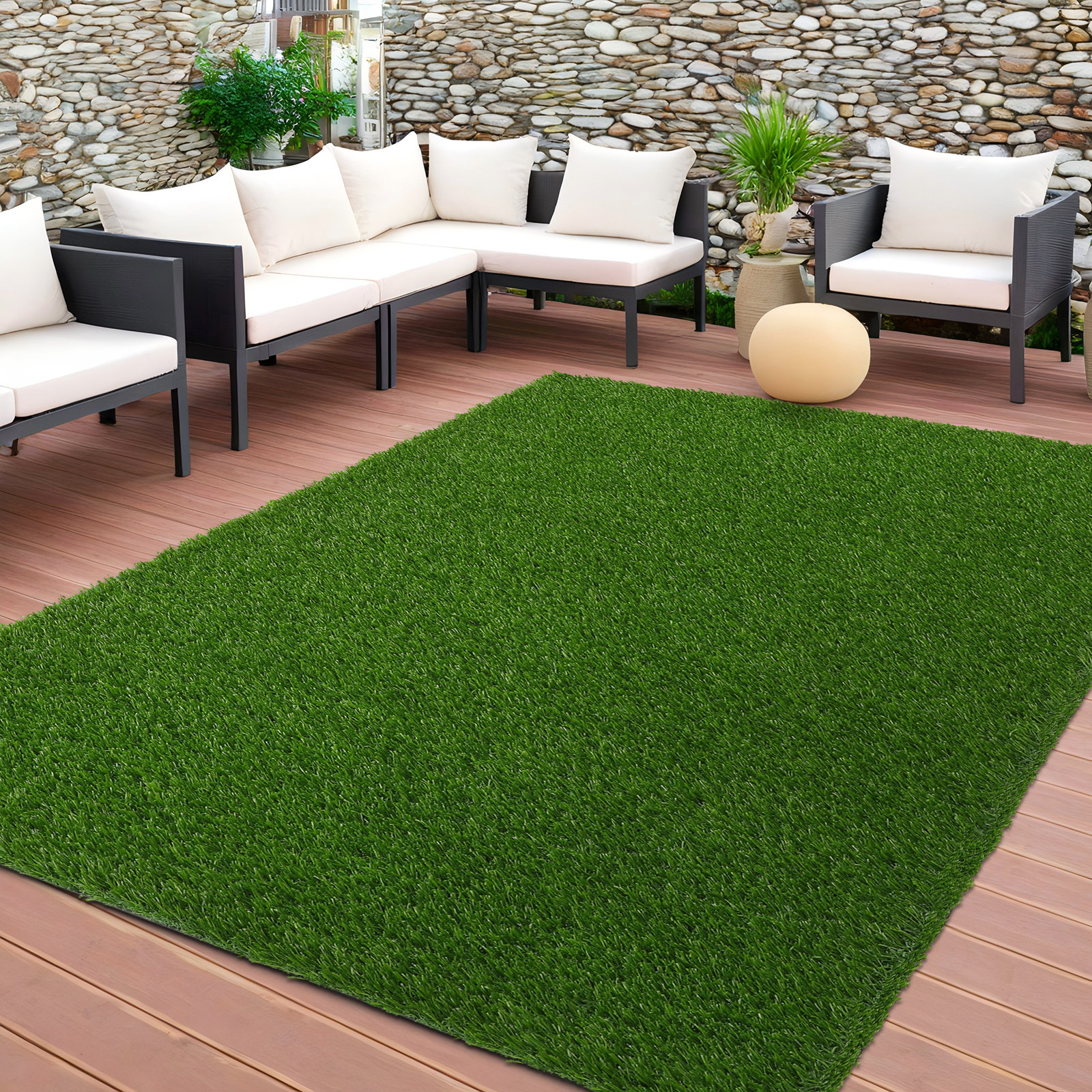Enhance Your Outdoor Space with Arizona Artificial Turf for a Vibrant Green Look
Enhance Your Outdoor Space with Arizona Artificial Turf for a Vibrant Green Look
Blog Article
Delve Into the Environmental Advantages of Opting for Synthetic Grass Solutions
The adoption of synthetic grass services presents an engaging possibility to attend to pressing environmental challenges. By considerably reducing water usage and minimizing the application of hazardous chemicals, these options not only advertise lasting landscape design yet additionally shield neighborhood communities. The reduced carbon footprint linked with decreased maintenance activities contributes to an extra sustainable technique to land management. The ramifications of these advantages prolong past mere preservation efforts, increasing questions regarding their lasting effect on environment preservation and overall environmental equilibrium. Exploring these measurements discloses a complex interaction worth thinking about.
Water Conservation Perks
One of the most considerable advantages of artificial grass is its capacity to preserve water. In comparison, fabricated lawn does not need watering, dramatically lowering the overall need for water sources.
By getting rid of the demand for normal watering, synthetic grass adds to sustainable landscape methods and helps reduce the environmental impact of too much water consumption. The conservation of water prolongs to the decrease of overflow, which can lead to dirt disintegration and waterway contamination.
Furthermore, the installation of synthetic grass enables homeowners and districts to assign water sources a lot more effectively, focusing on essential usages such as drinking water and farming. The shift towards fabricated turf not only promotes accountable water use but likewise straightens with broader environmental goals focused on maintaining natural deposits.
As communities increasingly prioritize sustainability, the water conservation advantages of synthetic lawn present an engaging case for its adoption in household and commercial landscape design jobs.
Lowered Chemical Use
The transition to fabricated lawn significantly lowers the reliance on chemical therapies generally utilized in natural grass upkeep. Typical grass management normally includes the application of fertilizers, herbicides, and pesticides to advertise development and control insects. These chemicals can position threats to human wellness, regional wild animals, and the environment, adding to soil and water contamination.
In comparison, fabricated turf gets rid of the demand for these unsafe substances. By reducing the launch of synthetic compounds into the ecological community, artificial grass promotes healthier soil and water systems.
Moreover, the absence of chemical drainage associated with synthetic grass installations helps secure neighborhood waterways from contamination, supporting water life and keeping biodiversity. Arizona artificial turf. As communities progressively focus on lasting techniques, choosing synthetic grass presents a viable service that lines up with ecological conservation goals. Via this shift, homeowner can enjoy rich green rooms without jeopardizing eco-friendly health, leading the way for an extra lasting future
Reduced Carbon Footprint

Moreover, the setup of synthetic grass can result in significant water conservation. Natural grass require substantial quantities of water for irrigation, which not just adds to the carbon impact connected with water removal and therapy but additionally pressures local water resources. On the other hand, artificial turf needs very little upkeep, calling for no watering, thereby substantially minimizing water use and its linked power costs.
Additionally, the durability of man-made grass adds to its decreased carbon effect. With a life-span of approximately 15 years or even more, the requirement for regular substitutes is reduced, causing much less waste and lower energy consumption in manufacturing and taking care of typical grass choices. On the whole, artificial lawn offers a lasting choice for ecologically mindful landscaping.
Habitat Conservation
Environment preservation is a vital consideration in the debate over landscaping selections, specifically when contrasting man-made grass to natural turf. Natural turf lawns frequently need comprehensive maintenance, consisting of making use of plant foods, herbicides, and chemicals, which can detrimentally affect neighborhood communities. These chemicals can seep right into the soil and waterways, damaging indigenous plants and animals and interfering with local environments.
In contrast, artificial lawn presents a possibility to lower the eco-friendly impact of landscape design. By selecting artificial turf, house owners can reduce the disturbance of natural habitats related to conventional grass care methods. Synthetic grass gets rid of the demand for damaging chemicals, thereby safeguarding neighboring wild animals and maintaining the stability of bordering ecosystems. Furthermore, the installment of fabricated lawn can lead to the conversion of previous grass locations right over here into even more biodiverse landscapes, such as pollinator yards or indigenous plant locations, which can sustain neighborhood wildlife.
Inevitably, the change to synthetic grass not just preserves water and decreases upkeep initiatives yet additionally fosters a more harmonious connection between human tasks and the native environment, advertising environment preservation in the procedure.
Long-Term Sustainability
Lasting sustainability is an essential element in assessing the advantages of man-made grass over traditional turf lawns. One of one of the most considerable benefits of fabricated grass is its sturdiness; it can last up to 15-20 years with marginal maintenance, whereas all-natural turf calls for regular reseeding and substitute. This durability reduces the requirement for constant sources, such as water, fertilizers, and pesticides, which are important for keeping a healthy yard lawn.
In addition, synthetic lawn adds to a decrease in her comment is here carbon emissions related to lawn care tools. Conventional grass typically call for gas-powered mowers, leaners, and blowers, all of which add to air contamination. Arizona turf. In contrast, man-made lawn gets rid of the demand for such tools, promoting a cleaner atmosphere
In addition, the production of man-made lawn increasingly uses recycled products, boosting its sustainability profile. As producers take on green practices, the environmental impact of synthetic grass remains to reduce.

Verdict
The fostering of artificial turf services provides considerable ecological benefits, consisting of significant water preservation, reduced reliance on harmful chemicals, and a lower carbon footprint. Fabricated lawn help in preserving natural environments by decreasing land disruption and promoting long-term sustainability via the usage of durable products. Collectively, these elements highlight the capacity of synthetic grass to contribute positively to environmental wellness and offer a practical choice to standard landscape design techniques in an increasingly resource-conscious globe.
In comparison, synthetic lawn does not need watering, substantially lowering the general need for water resources. By minimizing the launch of synthetic compounds right into the environment, artificial lawn promotes much healthier dirt and water systems.
Moreover, the installation of man-made turf can result in substantial water preservation. In contrast, man-made lawn needs very little upkeep, needing no watering, therefore considerably reducing water usage and its linked energy expenses.

Report this page